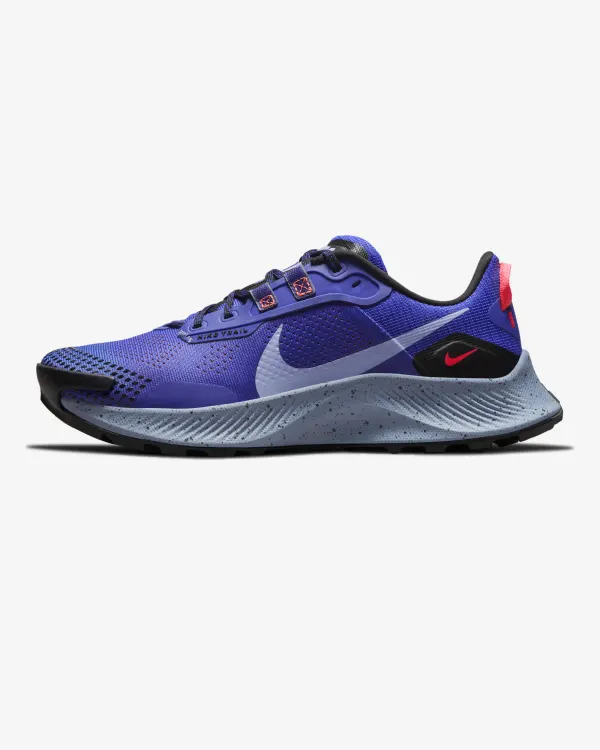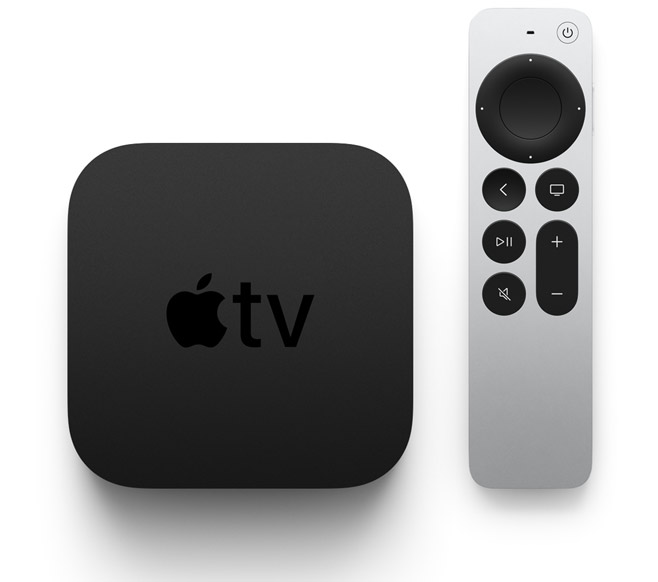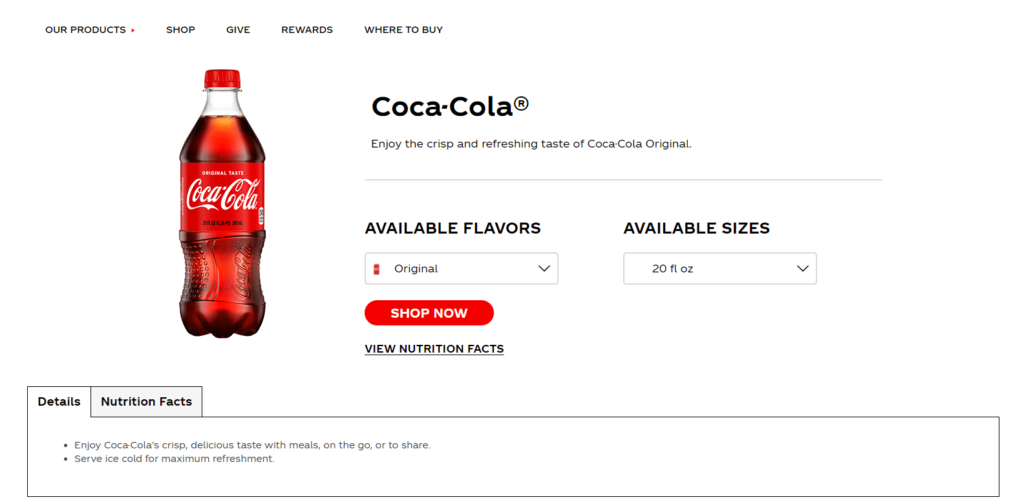The ecommerce environment challenges online retailers to find practical ways to differentiate their products from competitors and makes higher sales.
The path to that goal starts with having a compelling product positioning strategy that allows you to explain the purpose and value of your product to the target market. This should be clear enough to educate your customers when they search for a similar product.
If you keep reading, you’ll get more context on product positioning, why it’s important, the different types to choose from (including the benefits and strategies), and lastly, the examples to help you understand.
Let’s start with the definition.
What is Product Positioning?
Product positioning refers to the process of deciding on the best way to explain the benefits of the product to the target audience. Then, it’s deciding on marketing messaging that will resonate with the intended audience based on their needs and expectations.
How Product Positioning Differs from Brand Positioning?
When looking at product positioning vs. brand positioning, you’ll find that they have similar traits, but each has its own goal. For example, product positioning is about what your potential customer thinks of your product, while brand positioning involves what your target customer thinks about your brand.
Why is Product Positioning Important?
Product Positioning is the foundation of your product marketing story. No single product can meet the needs of all customers across the local and global markets.
So, the advantage of product positioning is to help you do market or behavior segmentation and, therefore, communicate your product attributes to the specific audience that your product is designed for.
This audience will find your product appealing because it’s created to meet their needs and solve a problem they need a solution to.
If you do not accurately position your products, you might address the wrong customer. If, for instance, you sell a luxury product and don’t position it like that, luxury buyers will struggle to find your product appealing because there’s no messaging that communicates that it’s a luxury product.
Similarly, customers below the luxury market line will also not find the product appealing because they may view it as too expensive. A better approach would be implementing the product positioning process to differentiate whom the product is made for clearly.
That way, your product will resonate directly with the intended audience.
Also read: STP Marketing: Segmentation, Targeting, Positioning
Benefits of Product Positioning
Whether you’re looking to market a different range of products or ones in the same product class, you’re guaranteed to benefit from product positioning. How? In the following ways:
- It allows you to really get to know your product and identify its key benefits
- Allows you to get insights into your target audience(s)
- Allows you to match your product with the needs of the right audience
- Allows you to communicate with the direct intended audience clearly
- It helps you win the attention of the right audience
- It helps you gain the attention of different audiences
- It helps you cope with market changes
- It gives you a chance to communicate a newly added feature to an existing product
- Allows you to launch a new product to a suitable customer base successfully
Different Types of Strategies of Product Positioning
There are different product positioning strategies that you can choose from, depending on your goals and marketing objectives. Let’s discuss the common types below.
Quality
Focuses on the quality of the product as the main unique selling point. Highlighting the quality of the product allows companies to target customers who associate quality with longevity. Doesn’t “soft, high-quality duck feather duvet inner” sound better than just “duck feather duvet inner”?
Pricing
This type of positioning involves communicating an attractive price point that you know your target customers will be willing to pay. If you offer products at a lower price than your competitors, you use this to position your products. But if your product is expensive, your best approach would have to be positioning it as a luxury product to appeal to the right target market: wealthy people who can afford to buy the product.
Variety
When you offer a variety of the same product, you can stand out against competitors by emphasizing that you offer more options.
Features and Characteristics
Your product may have the best features and characteristics compared to the identical product from a competitor. The way to position your product, in this case, is to talk about how these features and characteristics of your product solve a customer’s problem.
Competitor
This strategy allows you to communicate how different your product is and a better alternative to your competitor’s product. Showcase precisely what sets your product apart from the rest.
Performance
This type of positioning focuses on how the product functions. Sports and electronic brands typically use this type of product positioning to establish authority on performance over the competition. It sends the message that “my product performs better than my competitors,” and customers will be attracted to this kind of messaging.
Efficiency
This one focuses on how the product helps customers do tedious tasks more efficiently. The communication here is clear, “this product will make your life easier.” For instance, ecommerce businesses deal with product information management daily, and it’s often a challenge to manage manually. But if they get a PIM tool that automates this task, they become more efficient, and their lives become easier.
Aesthetic
This type emphasizes the product’s appearance, and that’s directly tied to how it makes the target demographic feel when they own or use a product in this positioning range. A great example is a fashion product that looks chic, which will appeal to customers who want to look chic.
Sustainability
Sustainability is in the minds of many customers who care about the environment. Position your new product or do a product repositioning of an already existing product to emphasize how sustainable, reusable, and safe for the environment it is.
Developing an Effective Product Positioning Strategy
The performance of your product hinges heavily on how the market perceives your product. So, you have to present your product to resonate with the target audience. The key to achieving this is developing an effective positioning framework. We’ve put together a few guidelines to help you in your strategy development process.
Collect Data from Existing Customers
Your customers understand why they buy your product over your competitors better than you could ever imagine. Talk to them to identify their reasons and use the data to build a foundation for your product positioning. Data-backed decisions are always better than guesswork. There are various ways you can collect data from your customers:
- Use surveys
- Read product reviews
- Check how customers speak about your product on social media
Analyze Your Competitors
Study how your competitors are positioning the same product as yours. Then, identify how your product differs from theirs and use all of that information to create your own unique positioning. Finally, do it better than them so that your product can stand out in a sea of similar products.
Identify Your Product’s Unique Selling Point
At this stage, you should have information from the above points. Now, it’s time to differentiate your product’s unique selling point clearly. If it’s a combination of different things like unique features, characteristics, use, application, etc., pick the strongest USP that will draw the target audience’s attention.
Create a Product Positioning Statement
A positioning statement describes your product, your target audience, and what gap your product fills in the market. The statement will guide your messaging and ensure that it aligns with your goals and objectives.
After all of this, all that will be left is implementing your strategy and monitoring the impact.
Product Positioning Examples
Now let’s look at a few examples of how some big brands positioned their products in their respective markets.
Nike Product Positioning
The sportswear brand, Nike, serves a very specific demographic: athletes who are hoping to perform better in whichever sport they participate in. So, of course, Nike positions their products as the ultimate buy when a customer is looking for enhanced athletic performance.
Here’s an example of how they talk about their running shoes: “speed when it matters the most,” “tried and trusted, run after run,” and “traction made for the toughest surfaces.” The messaging is clear: “these shoes will give you the ultimate performance you’re looking for.”

Apple Product Positioning
Apple uses features and characteristics to position its products in the market. Each Apple product range has its own unique differentiating features and characteristics that immediately tell customers what they stand to benefit from the product.

Starbucks Product Positioning
Starbucks combines quality and a variety of product positioning strategies to deliver double value to its wide customer base. First, they powerfully communicate that their coffees are made of the highest quality and offer customers a wide range of coffees to choose from. This is what sets them apart from the competition.

Coca-Cola Product Positioning
Coca-Cola uses a competitive positioning strategy to differentiate its products from other beverage brands. They define their drinks as products that offer a crisp and refreshing taste. This is a benefit that customers can look forward to when purchasing a Coca-Cola drink.

In conclusion, having a well-thought-out product positioning strategy will build the image you desire customers to have when thinking and interacting with your product. As a result, it will maximize your product visibility and ultimately drive up sales volume.
Author Bio:
Plytix is one of the leading Product Information Management (PIM) tools on the market, specially designed for online retail. It is a single source of truth designed to help you manage content at scale and get your products to market faster.
